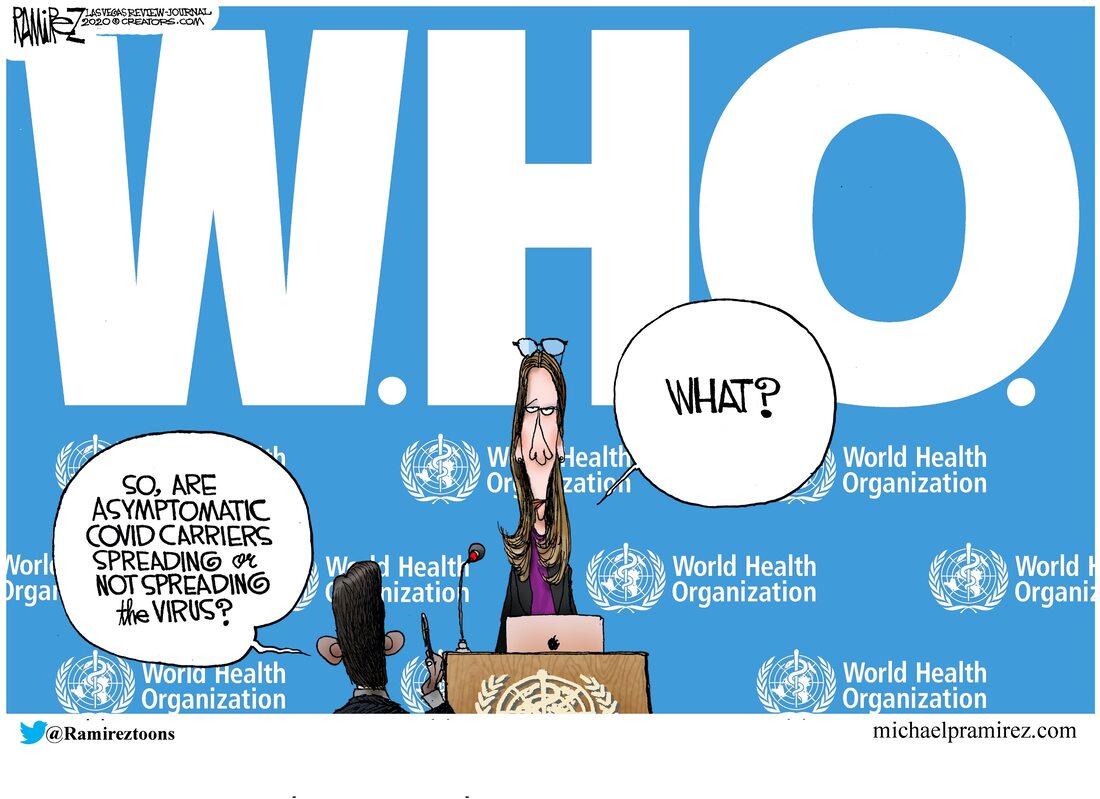Authored by Alan Mammoser via OilPrice.com,
In the panorama of renewable energy technologies, hydrogen’s potential is seen in several sectors. It is what the IEA calls an ‘integration’ technology. It promises to play a cross-sectoral role throughout the energy system, contributing simultaneously to decarbonization in various ways. It can make clean energy sources more efficient and increase overall system flexibility. What has increased its appeal, beyond the basic need to address climate change, is the remarkable decline in the cost of renewable energy, which makes the large-scale production of low-carbon hydrogen more feasible. These factors have motivated a growing number of plans and pilot projects throughout the world, reaching a high point of announcements for new projects last year.
Now the outlines of how hydrogen will function in future energy systems, and the pathways to get there, are beginning to appear. One region of particular importance is northern Europe.
But it is a critical moment when momentum has slowed in large part due to the pandemic. With recovery, it is not certain that investment in low-carbon hydrogen applications will continue to grow. Strong and specific commitments from companies and governments will be required to spur demand and foster markets.
A shifting emphasis
The current actual worldwide production of low-carbon hydrogen is a tiny amount. However, there is a growing activity on several fronts, with new pilot and early commercial projects appearing with unprecedented momentum until this year. They suggest how government and business will give birth to clean hydrogen markets.
Experts have noticed a shift in emphasis. Up until recently, the transport sector has been the center of focus for clean hydrogen, with efforts to develop fuel cell electric vehicles (FCEVs) and hydrogen refueling stations. Some impressive gains have been made. According to the IEA, the FCEV market has continued to expand especially in China, Japan and Korea. And at the end of 2019, there were 470 hydrogen refueling stations in operation worldwide, an increase of more than 20% from 2018. There has even been production of two fuel cell trains by Alstom in Germany, with more coming next year.
But the area of activity is expanding beyond transport. Governments and companies are working together to ramp up green hydrogen with projects in key end-use technologies and low-carbon production. Although the starting point is low, new projects are for large scale deployment of electrolysers of a hundred megawatts. They have applications in heavy industry, chemical production, heat for cities, and the all-important area of energy storage.
A glance at a few major projects shows the extent of planning for large scale electrolysis, industrial applications, and the deployment of gas grids to carry hydrogen for multiple purposes. These appear in the IEA’s Hydrogen Projects Database, which offers a comprehensive record of low-carbon hydrogen projects commissioned, in planning or construction worldwide for the past twenty years. The database can be accessed on-line.
North European nexus
The shifting emphasis can be seen especially in Northern Europe, where large concentrations of projects are now found. Renewable energy will power electrolysers to produce hydrogen for industries in northern industrial centers. Other projects focus on power and heat for urban districts. Key applications include large-scale electrolysis, carbon capture, utilization and storage (CCUS), and utilization of natural gas networks.
A few notable projects are described briefly here.
Electrolysis: There are a number of planned projects for hydrogen electrolysers that would produce hydrogen from decarbonized electricity. German and French projects are leaders.
In Germany, a power-to-gas project in Emsland in the Ruhr region has been called ‘Hybridge’ for its capacity to couple electric and gas networks. In a partnership of transmission system operator Amprion and gas net operator Open Grid Europe (OGE), electricity from renewable energy will be converted, by means of electrolysis, into hydrogen and methane. The companies will deploy a 100 MW electrolyser, with the resulting hydrogen transported by an OGE hydrogen pipeline and the existing gas pipeline network throughout the Ruhr and beyond. The project is anticipated to start operation in 2023.
In France, in the Les Hauts de France region around Dunkirk, one of the world’s most ambitious power-to-gas projects will build five 100 MW hydrogen electrolyser production units over five years. The project, a partnership of France’s H2V Industry and Norway’s HydrogenPro, will introduce hydrogen into the natural gas distribution network in order to decarbonize the natural gas used for heating and cooking as well as for transport.
These ambitious European projects have large-scale electrolysis counterparts in North America. Most notable is a project of the British Columbia-based Renewable Hydrogen Canada (RH2C), which is backed by a private sector utility and investors. The company is planning to build a large electrolysis plant in BC, to produce renewable hydrogen through water electrolysis powered by local hydropower and winds off the Rockies. Meanwhile, in the US, dedicated research on electrolysis to produce hydrogen from renewables is centered in the Department of Energy’s Office of Energy Efficiency and Renewable Energy.
Industry: Most of the current demand for hydrogen is in oil refining, the chemical sector and steel manufacturing. Therefore the main near term opportunity to reduce emissions in the industrial sector is to displace fossil fuel hydrogen with electrolytic hydrogen produced from renewable sources (‘green’ hydrogen) or with CCUS (‘blue’ hydrogen). This is feasible in the production of chemicals such as ammonia and methanol and in oil refining. And electrolytic hydrogen is gaining momentum in steelmaking, with a large demonstration plant under construction in Sweden that is expected to be operational by 2025.
The development of infrastructure that couples conventional hydrogen production with CCUS is moving forward across a broad range of applications. According to the IEA, six projects with a total annual production of 350 000 metric tons of low-carbon hydrogen were in operation at the end of 2019. Moreover, more than 20 projects to be launched in the 2020s have been announced, for the most part in countries around the North Sea.
One such project, known as H-vision, will establish blue hydrogen infrastructure in the Rotterdam harbor area in the Netherlands. It will consist of hydrogen production with CCUS in four steam-reforming plants, with a total capacity of 15-20 metric tons of hydrogen production per hour. They will produce hydrogen for industrial plants in the harbor, with the resultant CO2 to be sequestered in depleted gas fields under the North Sea or used in chemical production. The consortium contains 14 parties from within the harbor and others in the process chain. Starting from a 2019 feasibility study, their goal is to realize the complete project by 2030.
Gas grid: According to the IEA, several projects around the world are already injecting hydrogen into existing natural gas grids. It is possible to blend up to 20% hydrogen on a volumetric basis into a gas grid with minimal or even no modifications to the infrastructure or end-user home appliances.
An enormous pilot project to convert the gas networks to hydrogen in the north of England is being planned now. First announced in 2016, the H21 North of England (H21 NoE) project, is a collaboration of two British gas distributors, Northern Gas Networks and Cadent, and Norway’s Equinor (formerly Statoil). They have produced a hydrogen blueprint that will utilize the existing natural gas distribution infrastructure serving a region of 5 million inhabitants including several large cities for domestic and industrial users, with applications including heat, power and transport.
The project’s planners view it as a way to achieve the ‘deep decarbonization’ that could not be reached with renewable electric power alone. To do so will require carbon capture and storage (CCS). Equinor’s role is to build a hydrogen production facility utilizing a standard reforming process with natural gas. The captured CO2 will be transported offshore to undersea storage. A specially built hydrogen transmission pipeline will link to the local gas distribution networks. The new transmission pipeline is required because injecting hydrogen into gas transmission pipelines is more difficult (although Italy’s Snam has already demonstrated the feasibility of blending hydrogen up to 10% in gas transmission grids).
Project implementation is to occur between 2028 and 2034. It is anticipated to achieve deep decarbonization of 14% of the UK’s heat demand by 2034. Its large scale and significant impact on carbon emissions will make H21 NoE the world’s first at-scale hydrogen economy. Should it succeed, it will lay a basis for expanding such a system across the entire UK, decarbonizing a large percentage of domestic heat, transport and power by 2050. Indeed it will serve as a model for many other countries.
A more modest project in France is called GRHYD (Gestion des Réseaux par l’injection d’Hydrogène pour Décarboner les énergies, i.e., grid management through the injection of hydrogen for energy decarbonization). Launched in 2018, it is managed by the energy services firm Engie with local partners and support of the French government. The current phase is a power-to-gas project deploying renewable energy to blend up to 20% hydrogen into the natural gas grid for a district of Dunkirk. It is demonstrating the technical feasibility of this approach for domestic use.
A critical moment
Last month the IEA released its annual World Energy Outlook Special Report under the title ‘Sustainable Recovery.’ In it, the agency places hydrogen among six key sectors that governments should focus on for economic recovery, calling on them to ‘boost innovation in crucial technology areas including hydrogen, batteries, CCUS, and small modular nuclear reactors.’
And in a recent Tracking Energy Integration 2020 report, the IEA calls hydrogen one of several integration technologies that are ‘increasingly crucial’ for a low-carbon energy transition. The report notes that important political momentum had been building through last year, listing ten international initiatives and national plans that appeared during 2019. These include top level G20 discussions and target-setting plans by Korea, Japan, Netherlands, Australia and Canada.
Clearly the hydrogen movement is at a critical moment when continuing innovation is required. The role of government will remain important as fledgling industries seek to gain scale and find markets. Governments will need to provide direct, targeted support for projects that can achieve technical and market advances. And they will need to help stimulate demand in sectors where good near-term opportunities appear.
Northern Europe, where low carbon hydrogen projects are just beginning to gain significant scale, will be an important region to watch. The work occurring across the region should produce technological improvements on a wide range of applications and expand hydrogen use to new applications. Success in this region will help other countries and regions continue to refine their hydrogen strategies and roadmaps and set realistic targets for the deployment of specific technologies.








